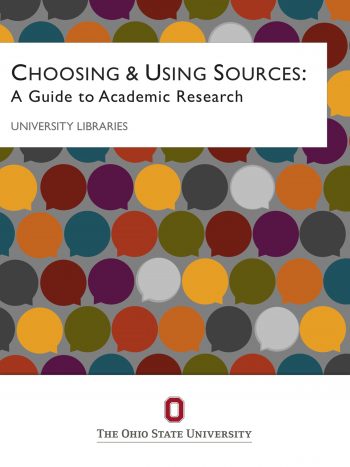
| Perform your Search |
Search for Library Collection:
Source & Further Reading:
The Information Literacy User’s Guide - Chapter 3 Plan
| Reliable Resources for Academic Writing |
Knowing the difference between primary, secondary, and tertiary sources helps you understand whether the information is in its original format or has been reinterpreted.
| Primary Sources | These resources are in their original form, the information in primary sources has reached us from its creators without going through any filter. |
e.g.
|
| Secondary Source | These sources are translated, repackaged, restated, analyzed, or interpreted information from a primary source. Thus, the information comes to us secondhand, or through at least one filter. |
e.g.
|
| Tertiary Source | These sources further repackage the original information used in secondary sources as they index, condense, or summarize the original. They are usually publications that you are not intended to read from cover to cover but to dip in and out of for the information you need. |
e.g.
|
Sources & Further Readings:
The Information Literacy User’s Guide - Chapter 5 Evaluate
Choosing & Using Sources: A Guide to Academic Research - 4. Primary, Secondary & Tertiary Sources

